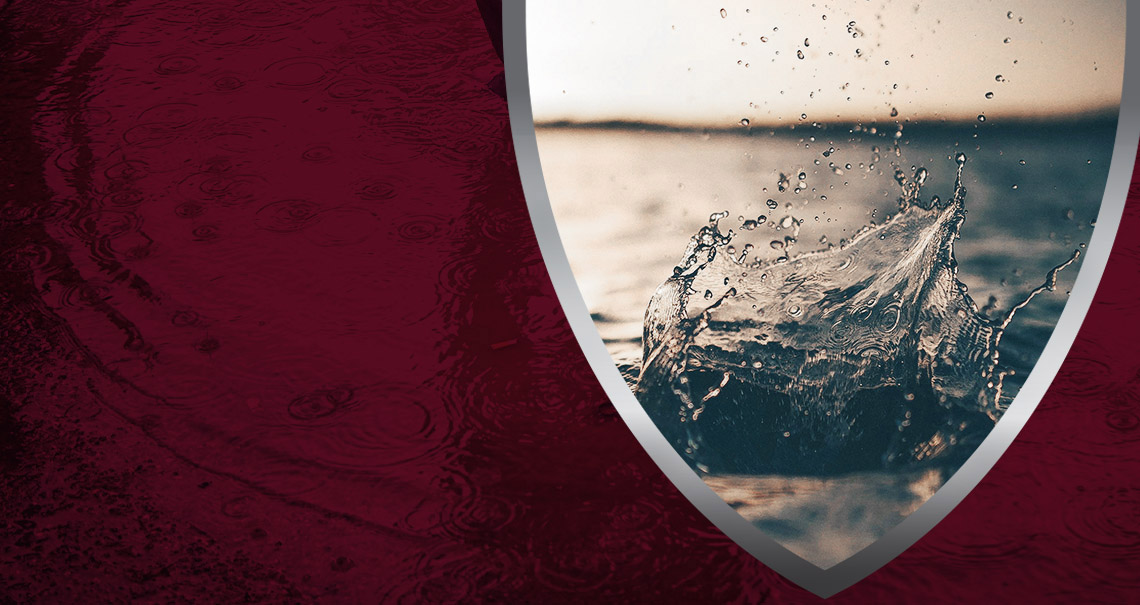
Even if you're not located in a flood plain, there's a possibility that a flood damages your home. Flood damage isn't covered under a standard homeowner's insurance policy, so you need to take extra precautions to protect your property and valuables. There are many types of policies available, and it's important to understand how to personalize your coverage. If you have any questions or are ready to buy a policy, call or visit Valor Insurance.
It's possible to live miles away from the water and suffer flood damage. Consider that nearly 25 percent of flood insurance claims are paid in low-to-moderate risk areas. A slow-moving rainstorm or broken sewer line is all it takes to damage your property. Furthermore, if you live in a high-risk area, there's a 26-percent chance of flood damage over the course of a 30-year mortgage. It's also not a good idea to strictly rely on federal disaster assistance. To receive disaster aid, the flood location needs to be declared a federal disaster area, which doesn't always happen. Even worse, if you're provided aid, it's often paid as a loan that you must pay back with interest.
There are two types of flood insurance policies. The first is dwelling coverage, and this deals with your home's structure. Second, there's contents coverage, which deals with your personal property. Homeowners can get dwelling and contents coverage, but as a renter, you're only able to insure your belongings. If you need very high coverage limits, investigate an excess flood insurance policy.
It takes 30 days from the application date until the effective date of coverage, so don't leave your home unprotected for any longer than it needs to be. Call or visit Valor Insurance today to discover which policy best protects your property.
Flood Insurance Submission